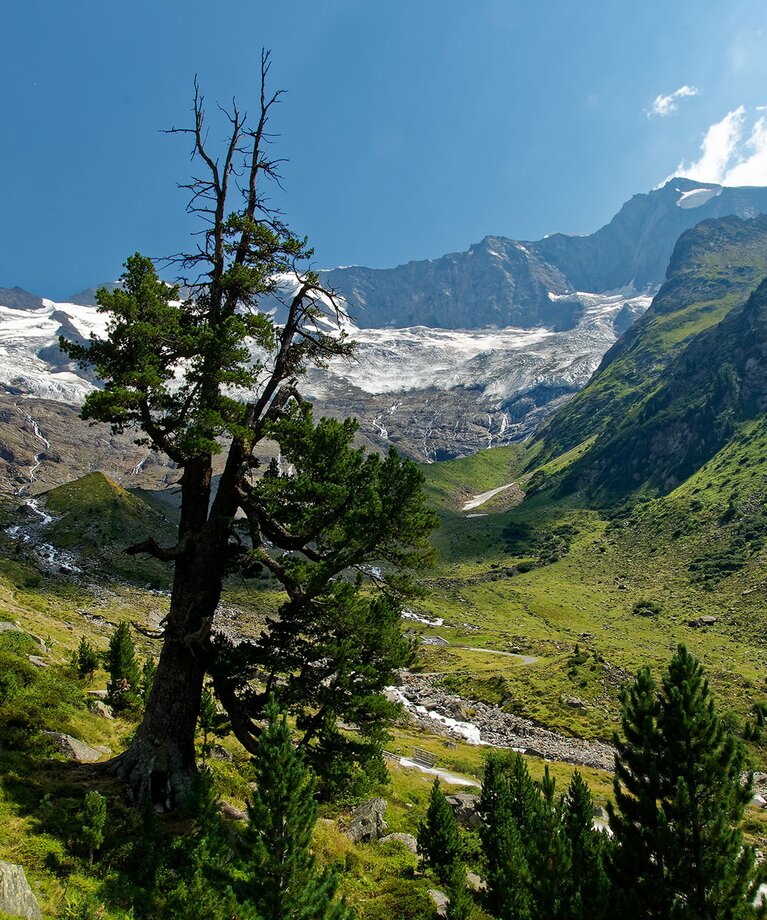
History of the National Park
Origin of the Hohe Tauern National Park
In order to establish the national park as we know it today, a number of hurdles had to be overcome.
When the world's first national park - Yellowstone National Park - was established in the north of the United States in 1872, no one could have imagined that this would be the foundation stone for thousands of other national parks all over the world, including Hohe Tauern National Park. Yellowstone National Park was founded to place outstanding natural landscapes of national importance under state protection and to open them to people "for their enjoyment and edification".
About 100 years ago, in 1913, the first step towards a national park was taken in Austria. When Dr. August Prinzinger, a member of the provincial parliament, took the initiative and the Nature Conservation Park Association purchased around 1100 hectares of land in the Amertal and Stubachtal valleys for special protection, the idea of a national park in Austria as we know it today began. Due to wars and economic crises, work on this project could not be continued for a long time.
In 1971, the three governors of Salzburg, Carinthia and Tyrol decided to establish a national park by signing the Three-Country Agreement in Heiligenblut. Implementation took different lengths of time in the individual provinces and several stages had to be overcome.
In the 1980s, the Hohe Tauern National Park was established as the first and largest national park in Austria, and work on this project has continued ever since.
The development of the national park has always been characterised by a spirit of partnership, and it was this approach that earned the Hohe Tauern National Park Salzburg "international recognition" according to the criteria of the International Union for Conservation of Nature (IUCN) in 2006.
Krimml Waterfalls
Europe's highest waterfalls have received numerous awards over the centuries. As early as 1796, the Krimml Waterfalls were described as the "largest and most magnificent natural spectacle in the province of Salzburg". In those days, the tourist development of the 380-metre-high Krimml Waterfalls was not even conceivable. It was not until 1876 that the then still young Alpine Association planned a path, including bridges and viewing pulpits, along the three cataracts. In 1879, the new path was finally opened. However, the big rush to the waterfalls did not begin until the Pinzgau Railway was completed in 1898.
In 1967, the Krimml Waterfalls were finally awarded the European Nature Conservation Diploma.
Health effect waterfalls
Nano aerosols for allergy and asthma
The Krimml Waterfall is an impressive natural spectacle. How the masses of water thunder down into the valley and the spray and mist rise upwards almost within reach. It is precisely in this fine mist that the secret of the healing effect of the Krimml Waterfall lies. The force of the waterfall literally shatters the individual water molecules into tiny fragments when they hit the rock. This creates negatively charged, nanometre-sized water fragments that can enter the lungs, the so-called nano- or waterfall aerosols. Due to their small size, they can penetrate particularly deeply into the respiratory tract and unfold their cleansing and immunomodulating effect there. Allergy and asthma symptoms disappear, the respiratory tract is cleansed and allergic inflammation is sustainably alleviated.